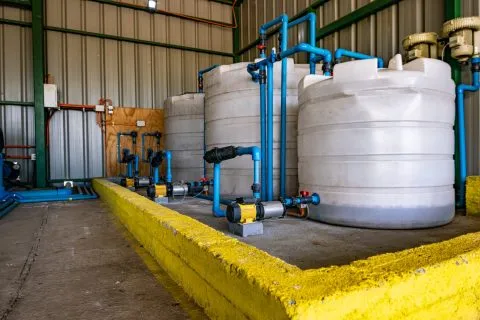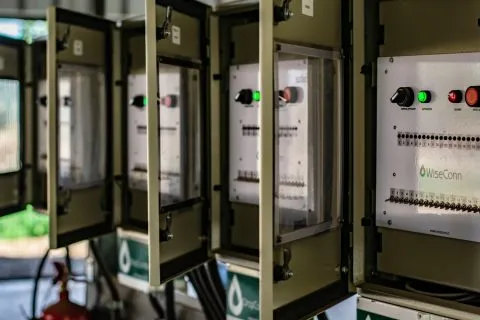
How to Save Water in Intensive Crops with Humidity Sensors
The growing water scarcity, rising energy costs, and the productivity demands of modern agriculture have made optimizing water use a strategic priority, especially in intensive crops in arid and semi-arid areas. In this context, soil humidity sensors have become key tools for achieving water savings in agriculture, while simultaneously improving efficiency, productivity, and sustainability in agricultural systems.
The Importance of Monitoring Soil Water Content
In intensive crops, where water demand is high and margin for error is minimal, it is crucial to have precise, real-time data on the water quantity available in the soil profile. Humidity sensors allow for accurate knowledge of when and how much to irrigate, avoiding both water deficit and excess. This process is essential to ensure water savings in agriculture, as it reduces the water used in unnecessary irrigation.
By incorporating capacitive, tensiometric, or dielectric frequency sensors, farmers can adjust irrigation to the specific needs of each field sector. This practice helps reduce water consumption, minimize water loss through deep percolation or runoff, and ensure that plants receive exactly what they need, promoting long-term water savings.
Technological Integration for Smart Water Management
Solutions like DropControl from WiseConn integrate data from soil humidity sensors, flow meters, weather stations, and automated valves to provide a holistic and automated irrigation view. This platform allows for irrigation schedules adjusted to evapotranspiration, soil moisture conditions, and crop requirements, all managed from a web or mobile interface.
Moreover, WiseConn’s hardware, such as the RF-M1, RF-V1, and the versatile RF-X1, facilitates the implementation of adequate irrigation systems that are solar-powered, with remote monitoring and real-time control.
Real Impact on Water Management
The use of humidity sensors, combined with smart platforms, enables:
- Reducing water consumption by up to 30%, depending on the crop and local conditions.
- Decreasing costs related to pumping, labor, and fertilization (when combined with fertigation).
- Controlling the water used and avoiding excessive use that generates wastewater.
- Adapting irrigation in response to climate change, anticipating water scarcity events.
- Accurately registering, auditing, and reporting water resource management, a growing requirement in sustainability and certification standards.

These benefits reflect the direct impact of humidity sensors on improving water savings in agriculture, contributing to more responsible and efficient use of this valuable resource.
Precision Irrigation and Regenerative Agriculture
Efficient irrigation not only contributes to water savings but is also a key tool in regenerative agriculture. Allowing water to reach the root zone precisely improves soil health, reduces nutrient leaching, and promotes a more balanced underground ecosystem.
Technologies like those from WiseConn align with this vision by offering a complete, scalable system, from basic monitoring to distributed control and predictive analysis. Integrations with third-party APIs allow for the inclusion of satellite imagery, weather forecasts, and agronomic simulation models.
Conclusion: Towards Efficient and Resilient Agriculture
Water savings in agriculture is no longer an option but a necessity. Intensive crops, which operate with high water resources and productivity requirements, greatly benefit from technological tools such as humidity sensors, drip irrigation, and smart platforms like DropControl.
Implementing solutions like those from WiseConn allows producers and distributors to not only optimize water use but also anticipate water scarcity scenarios, reduce losses, improve traceability, and, above all, move towards more profitable and sustainable agriculture. Thus, water savings in agriculture becomes a fundamental pillar of modern agricultural management.

For more information about how to optimize your irrigation system, visit our solution page, or learn more about our software and hardware.


